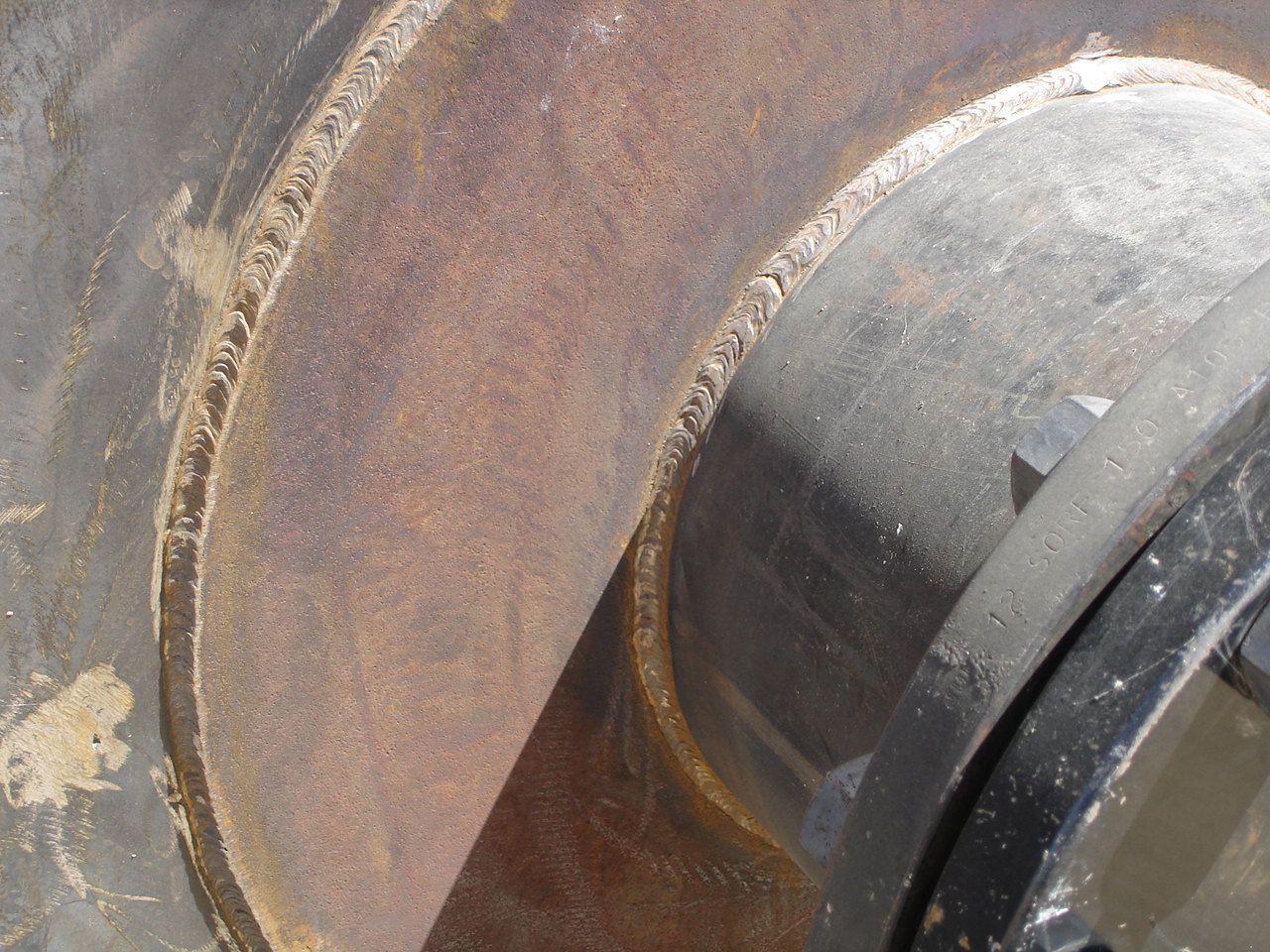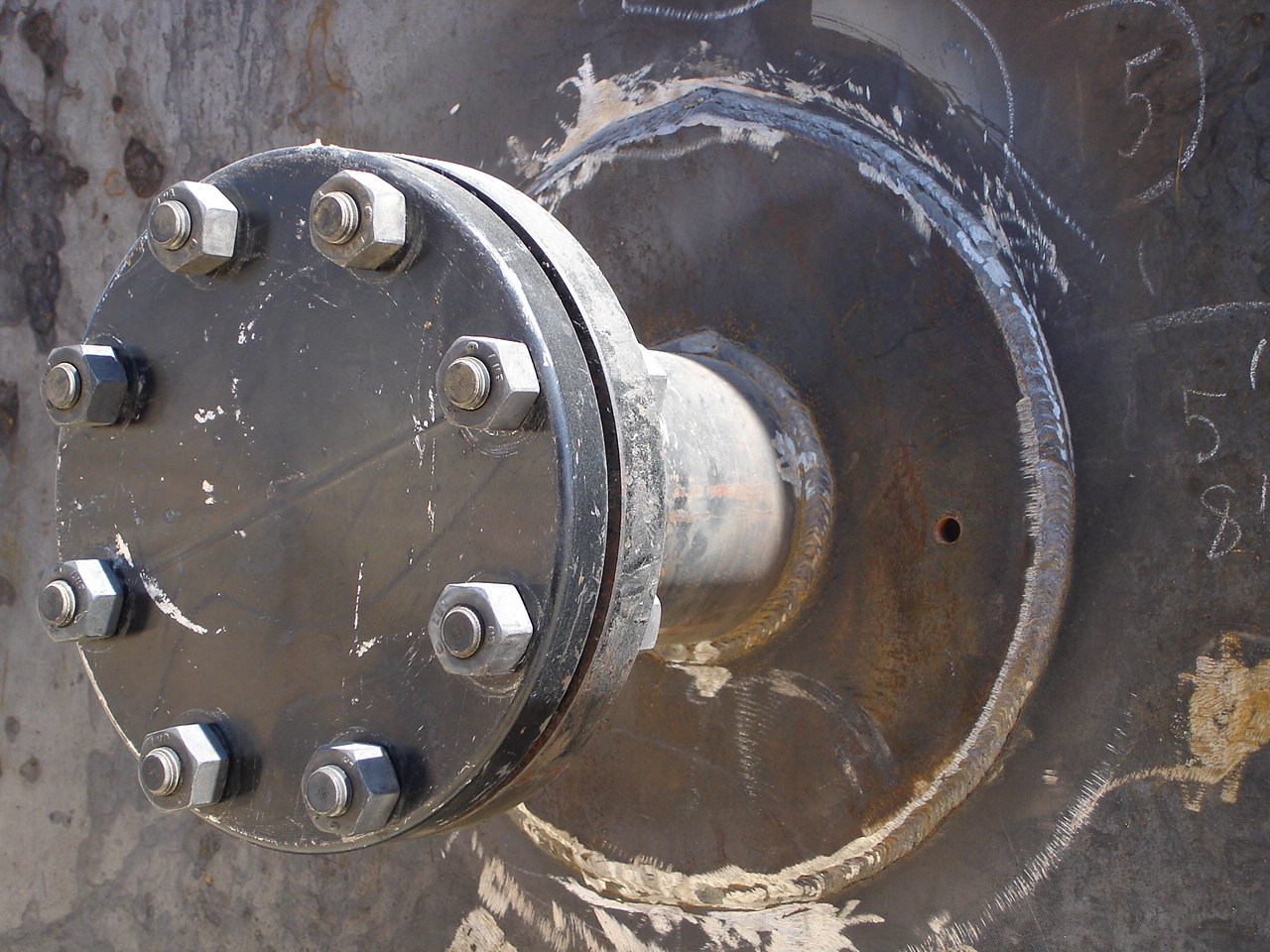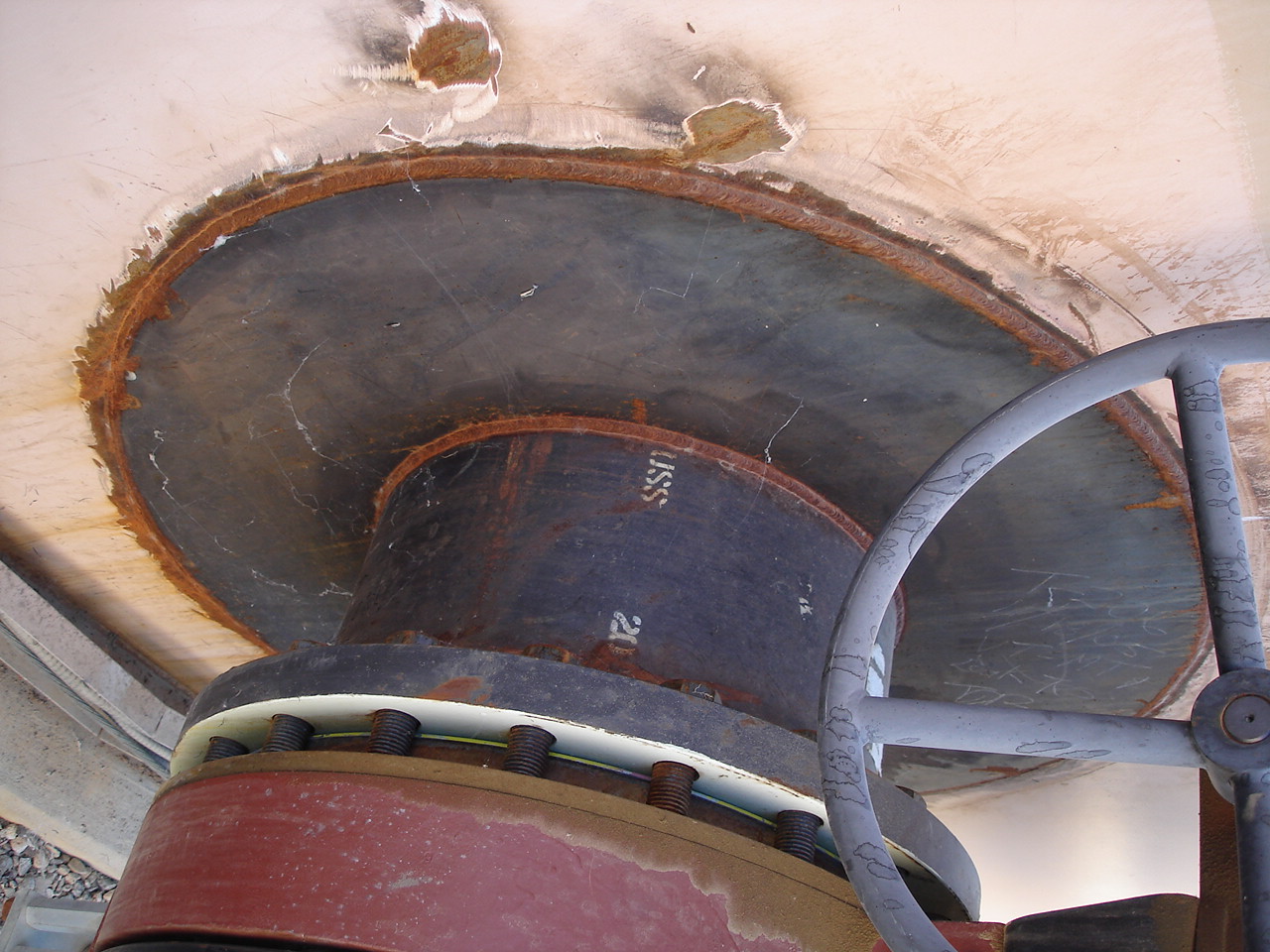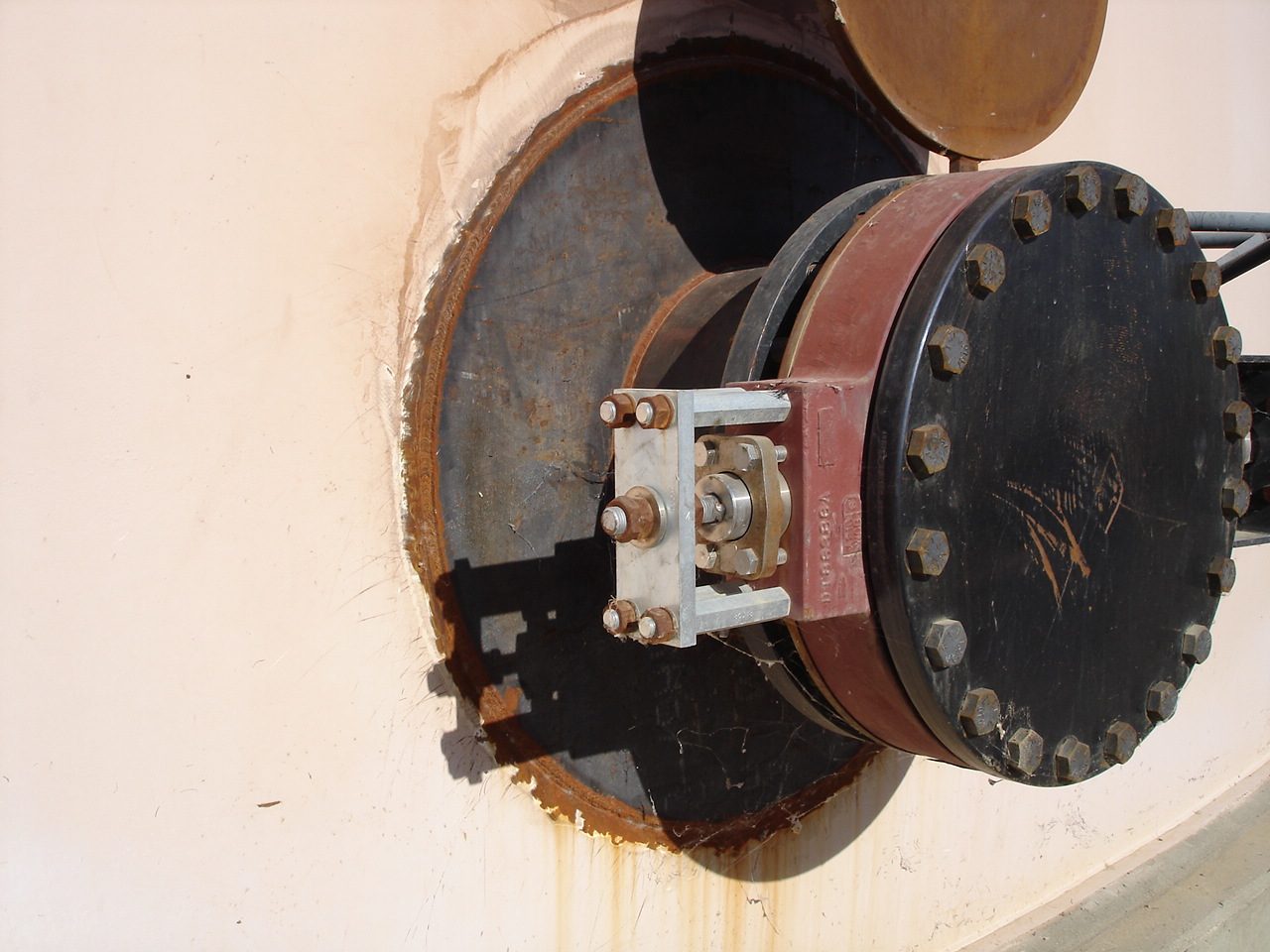Reinforcing Pad
Nozzle reinforcing pad, also known as a reinforcement pad or a pad plate, is a structural component used to strengthen the attachment of a nozzle to a tank or vessel wall. It is typically a separate piece of material that is welded to the tank or vessel wall surrounding the nozzle. The primary purpose of a reinforcing pad is to distribute the load or stress imposed on the tank or vessel wall by the connected piping or equipment. By adding a reinforcing pad, the stress concentration at the nozzle-to-wall junction is reduced, preventing potential failure or deformation of the tank or vessel.
Reinforcing Pad Advantages and Disadvantages | |
|---|---|
| Advantages | Disadvantages |
|
|
Reinforcing pads are commonly used in applications where the nozzle carries significant loads, such as high pressure or high temperature systems, large diameter pipes, or heavy equipment connections. They provide additional strength and rigidity to ensure the integrity of the tank or vessel and maintain its structural stability.
The design and fabrication of a reinforcing pad depend on various factors, including the operating conditions, pressure and temperature ratings, material properties, and applicable codes and standards. The pad is typically made of the same material as the tank or vessel and is typically thicker than the tank wall to provide adequate reinforcement. During the installation process, the reinforcing pad is positioned around the nozzle, aligned with the tank or vessel wall, and then welded securely to both the nozzle and the tank wall. The welding process ensures a strong and reliable connection between the pad, the nozzle, and the tank or vessel.
Reinforcing pads play a vital role in maintaining the structural integrity and safety of tanks and vessels by providing enhanced support and load distribution at critical attachment points. They are designed and engineered to meet specific requirements and standards to ensure the long-term performance of the system.






